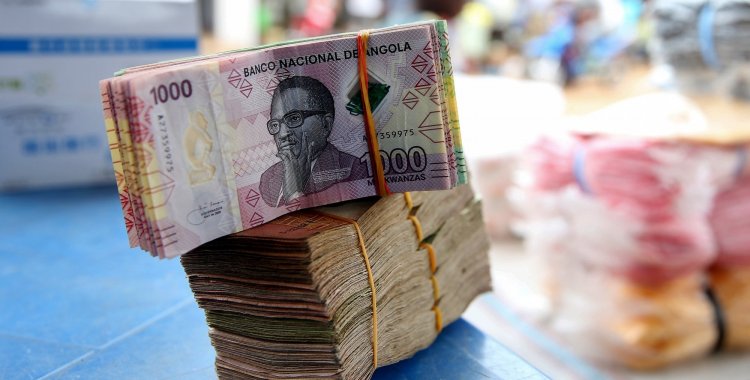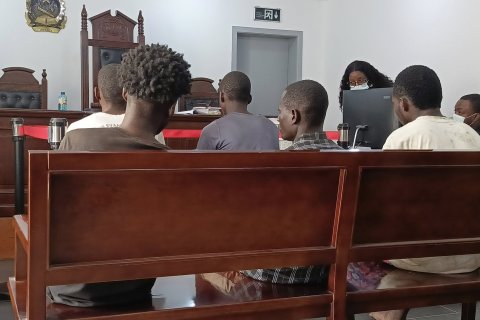Rui Mingues was speaking this Friday at the opening of a conference on "Financing to the Real Sector of the Economy", within the scope of the central bank's instruction, called Notice 10/2020, of April 3, 2020 on Credit to the Real Sector of the Economy.
According to Rui Mingues, the amount disbursed to date represents 305 percent of the minimum limit defined by the instruction and 98.18 percent of the minimum limit established for the projects.
"Obviously, the developments to provide a central registration of securities guarantees contribute to increase and enhance the levels of credit granting, so the adjustments made to give, in qualitative and quantitative terms, greater robustness to the risk information center credit (...) has become quite opportune and assumes great importance", said the deputy governor of the BNA.
The deputy governor of the central bank admitted that "the way to go is still long", however efforts continue to facilitate access to credit, support emerging economic activities, create conditions for the increase of financial services to the population, in a safe way and efficient, as well as simplifying business licensing and business start-up procedures, bringing beneficiaries closer to policies that encourage investment.
In his presentation, the director of the BNA Credit Monitoring Office, Veloso Pedro, stressed that the credit disbursed so far corresponds to a weight of 48 percent in the overall real sector of the country's economy.
"It is worth saying that in fact Notice 10 contributed a lot to the process of diversification of the economy, to the reduction of imports, indirectly contributing to the balance of our balance of payments", he said.
In terms of total credit granted by the banking sector, it was also noted that the instruction "contributed greatly to the increase in credit to the economy, with around 12 percent", corresponding to 4.7 billion kwanzas, stressed Veloso Pedro.
According to the official, the province of Luanda leads the list of financed projects (173), followed by Benguela (46), Bengo (10 percent), Cuanza Sul (39), Huíla (34) and Huambo (30) , with the provinces of Lunda Norte and Moxico being the only ones without credit registration under Notice 10.
During this period, the financing allowed the creation of more than 36,000 jobs.
The most attended projects were those for the production of sugarcane and its derivatives (17.65 percent), beverages, including juices (17.16 percent), poultry, goats, pigs and their derivatives (11 Percent).
"Regarding economic activity sectors, the sectors that most benefited from credit since the publication of the notice until February of this year, we highlight the food industry, with around 36 percent, agriculture, animal production, hunting and service activities related products, as well as the beverage industry", he underlined.
Veloso Pedro stressed that the notice provides for the channeling of 2.5 percent of the net assets of commercial banks and the fulfillment of a minimum number of projects and in this sense, "there was a very positive performance".
"If we want to have an idea of the amount expected to be disbursed, around 200 billion kwanzas, the banks made available four times more than what was expected and in terms of the number of projects the bank disbursed more than 98 percent of the projects", he said.
The official said that the central bank carried out an inquiry where it noticed some constraints registered by commercial banks, both in the granting of credit and in the scope of disbursement and reimbursement.
"We would like to highlight, in the process of receiving the processes, one of the major constraints has essentially to do with the organizational structure of companies, the non-presentation of accounts and also the poor preparation of credit promoters", he stressed.
Among the difficulties, there are also the lack of equity of the promoters, feasibility studies or very poorly structured and prepared financial plans and the lack of information from a historical point of view on the investor's activity.
In the approval phase, the difficulty in obtaining guarantees was another of the problems mentioned by the commercial banks, which also complained about constraints observed in the implementation phase, namely the exchange rate variation, difficulties in obtaining visas for foreign labor and bureaucracy in the import process.







